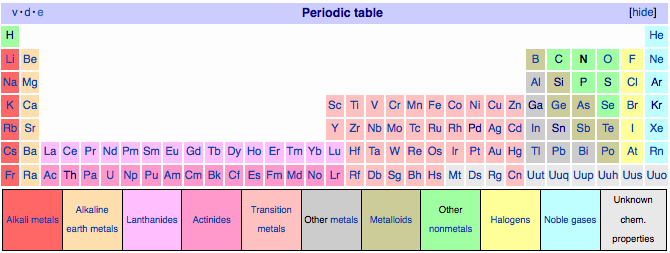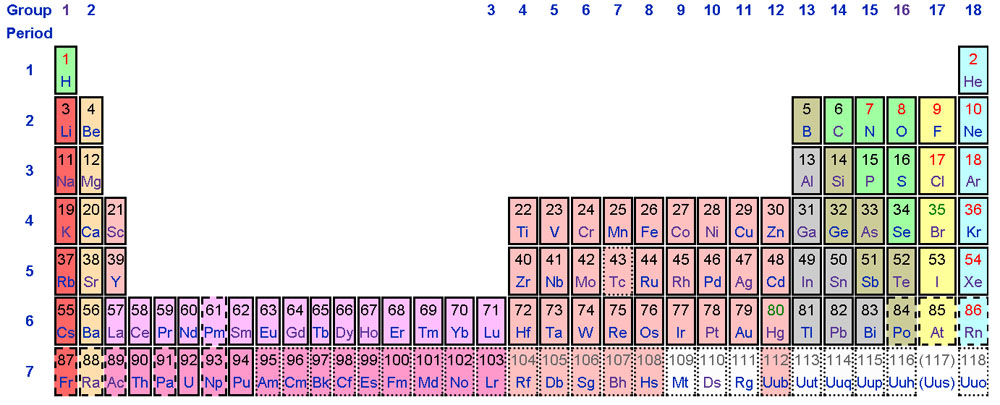I have read several books on the Periodic Table and Chemistry before such as: The Disappearing Spoon, Napoleon's Buttons, Mendeleyev's Dream and Nature's Building Blocks. The Disappearing Spoon where the story of each element is told and Napoleon's Buttons that gives brief information about 17 "famous" molecules are very popular. Mendeleyev's Dream is more like a history of chemistry from the early ages to the modern times and the stories of famous chemists and the discovery of elements are very well placed in the book. Nature's Building Blocks is a kind of "element" encyclopedia where you can find technical and historical information about elements. So, prior to reading Eric Scerri's book, I was expecting a book similar to the ones I'd read before. Well, it is really different if you think like I did.
- http://www.barnesandnoble.com/w/periodic-table-eric-scerri/1103079928?ean=9780199582495
The book starts with ancient Greeks and their conception of "elements." Then the author brings us to the Middle Ages and modern times. First five chapters of the book is mainly about the discoveries of the elements and the development of the Periodic Table where he gives information about the periodic law and illustrates different forms of the periodic table. Although I've read a few books about the Periodic Table and the elements as I mentioned above, I still learned quite a few new chemists and their efforts to organize the elements known during their lifetimes. Some of them in fact were very successful. Lothar Meyer for example was very close to be the "father" of the periodic table.
Fifth chapter is about Dmitri Mendeleev and his genius. I will not go into detail what he did. But, I think one of the most distinguishing parts of the book is this chapter where I've learned that Mendeleev also made failed predictions. I've never read his failures before.
Starting with the chapter six, the author goes into more physical and chemical theories and facts about the periodic law and the table. He tells how the physicists actually helped chemists to organize the periodic table by the theories and experimental evidences. I think these chapters are a nice review of general chemistry course that we are all supposed to take.
Towards the end of the book, you can find really brief but satisfying information on the electronic structure of an atom, orbitals, quantum mechanics, and how new elements are synthesized. Actually, I loved one of the figures in the book. It is a figure where the experimental ionization energies are compared with the theoretical calculations. I've never seen it before and I think it is very useful to see how close they are.
The final chapter is about different forms of periodic tables where you can find really interesting arrangements of the elements in "short, " "medium long" and "long" forms of the periodic tables. Honestly, I have always wondered which one of these periodic tables is more "correct."


- http://www.chemistryland.com/CHM151W/02-Atoms/Chaos/PeriodicInnerTrans.jpg
I will not give the answer and if you are curious you can read the book and learn.
I think it's a really well organized and useful book for chemists and students studying chemistry. I strongly suggest that you should read it. You might think that the technical information might discourage people from other areas or a "normal" popular science book reader from reading the book. But, considering that a lot of quantum mechanics books are "popular" and "best sellers," I think any reader can read it and understand most of it. The fact that it has a small size is also another factor that it is a easy-to-read (or handle) book. I also guarantee you there are many figures in the book that you have never seen before.


No comments:
Post a Comment